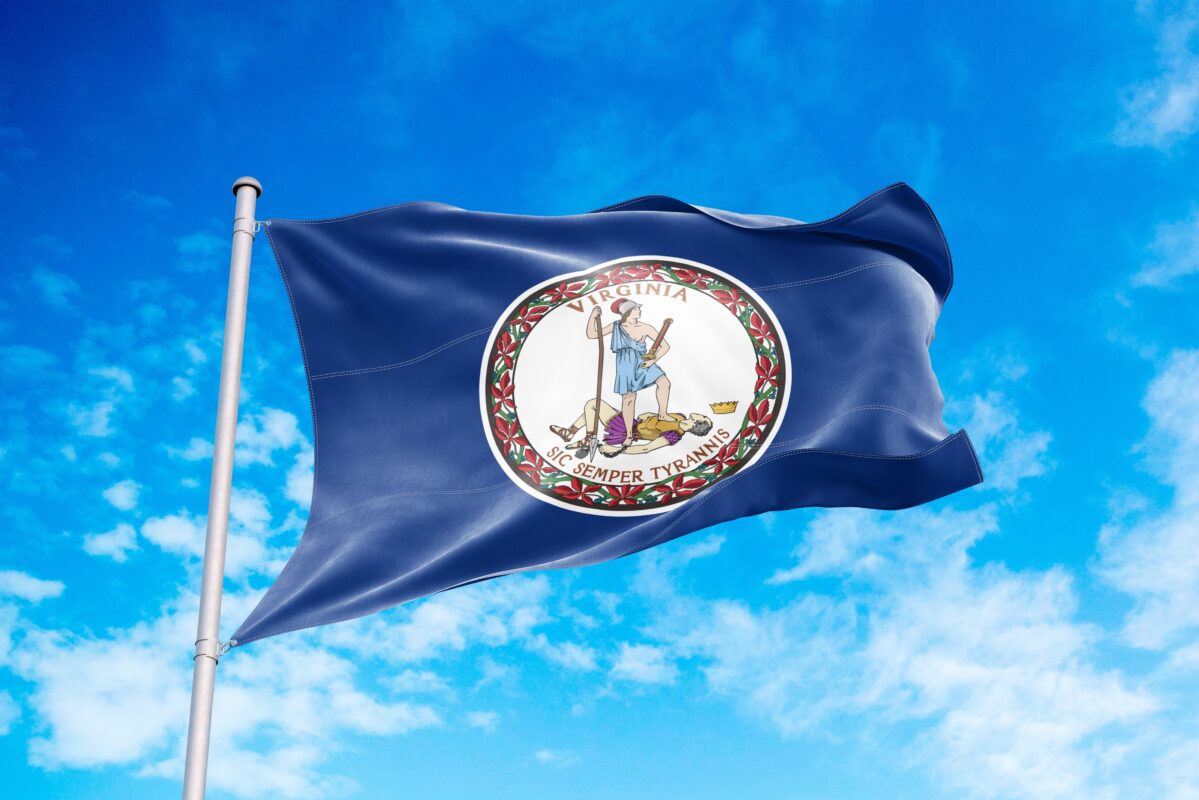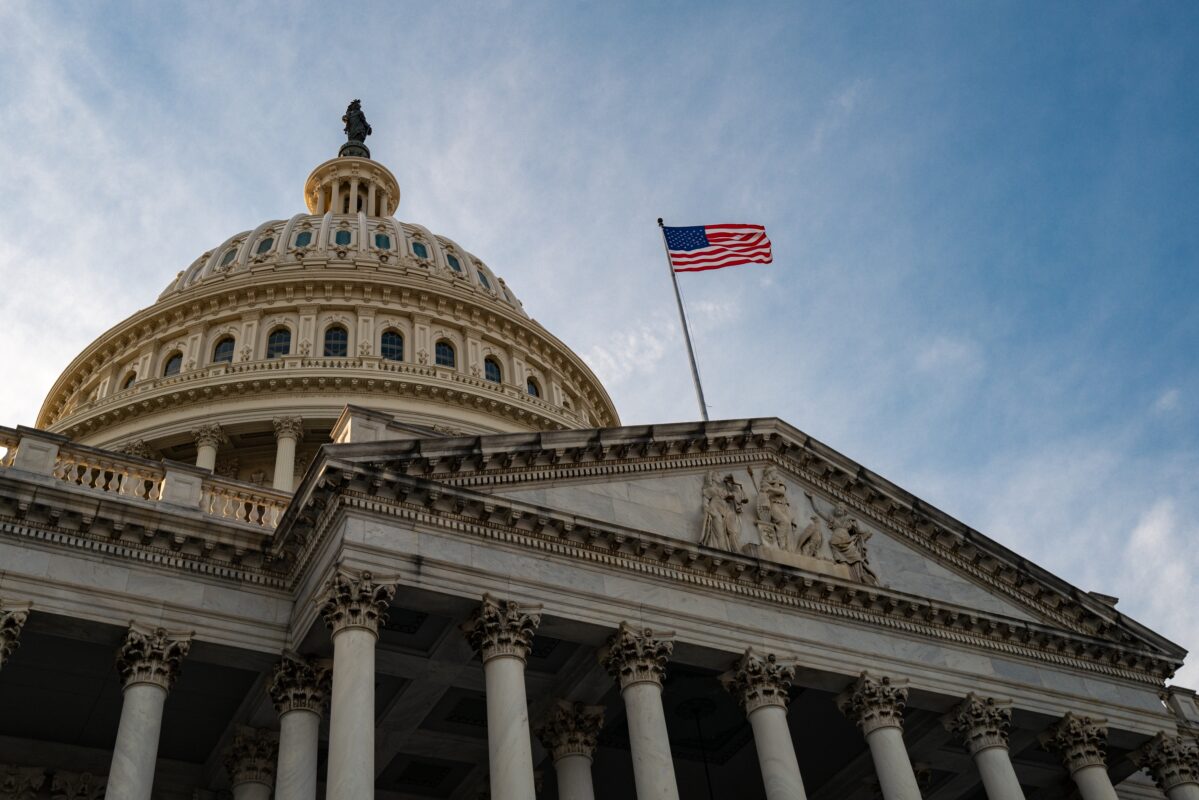This Memorial Day, we are thankful to the selfless individuals who have dedicated themselves to our country’s defense, and we honor those who have lost their lives in service.
We should also thank the thousands of audiologists, and all professionals, who serve our Veterans.
The Annual Benefits Report (ABR) from the Veteran’s Administration (VA) in 2020 is a comprehensive document reporting service-connected (SC) disability or death benefits provided by the VA and is referred to as The Compensation Program. This program provides tax-free monthly benefits to Veterans in recognition of the effects of disabilities caused by diseases, events, or injuries incurred or aggravated during active military service.
The most prevalent SC disabilities of new compensation recipients were:
#1 Tinnitus
#6 Hearing loss
The most prevalent SC disabilities of all compensation recipients were:
#1 Tinnitus
#2 Hearing loss
As a result, more than 1.3 million Veterans received disability compensation for hearing loss, and more than 2.3 million received compensation for tinnitus (U.S. Veteran’s Affairs, 2020).
The VA also employs approximately 1,400 audiologists, making them the largest employer of audiologists in the United States.
Unfortunately, Veterans can face a lot of paperwork and red tape when they seek hearing health care, including hearing aids. They must document that the hearing loss was incurred (or the tinnitus was incurred) while on active duty.
A new proposed law aims to boost Veterans’ access to hearing care by providing the “presumption of hearing loss and tinnitus to veterans who served in combat or in a military specialty where they were exposed to repeated loud noises” and to “amend the Schedule for Rating Disabilities to provide a minimum compensable evaluation for any service-connected hearing loss for which a hearing aid is medically required” (Victory, 2022).
As we know, only approximately one in five people who would benefit from hearing aids actually use them. Undoubtedly, some of these non-users are Veterans (NIDCD, 2021).
Let us, as audiologists, continue to tirelessly work to provide our Veterans excellent hearing health care and ensure an accessible and smooth patient experience.
References
National Institutes on Deafness and Other Communication Disorders. (2021) Quick Statistics About Hearing https://www.nidcd.nih.gov/health/statistics/quick-statistics-hearing (accessed on May 26, 2022).
U.S. Department of Veterans Affairs. (2020) Compensation. https://www.benefits.va.gov/REPORTS/abr/docs/2020_compensation.pdf (accessed on May 26, 2022).
Victory J. (2022) Proposed law aims to boost veterans’ access to hearing care. Healthy Hearing. https://www.healthyhearing.com/report/53303-Veterans-hearing-benefits-act-of-2022-reduce-barriers-to-hearing-aids-tinnitus-treatments (accessed on May 26, 2022).
Recent Posts
Academy Files Rulemaking Petition to Restore ABA Language in VA Regulations
Earlier last year, the Virginia Board of Audiology and Speech-Language Pathology finalized regulatory changes intended to streamline licensure by removing direct ties between certification and…
Congress Needs to Hear From Audiologists on Student Loan Access
The Professional Student Degree Act, H.R. 6718, introduced by Representative Michael Lawler (R-NY), was introduced in mid-December. This bill reaffirms audiology’s status as a professional…
Why Wild Animals Don’t Have Floppy Ears
In 1959, a scientist began a domestication experiment with silver foxes. Critics believed the experiment was, at the very least, too ambitious (if not outright…


